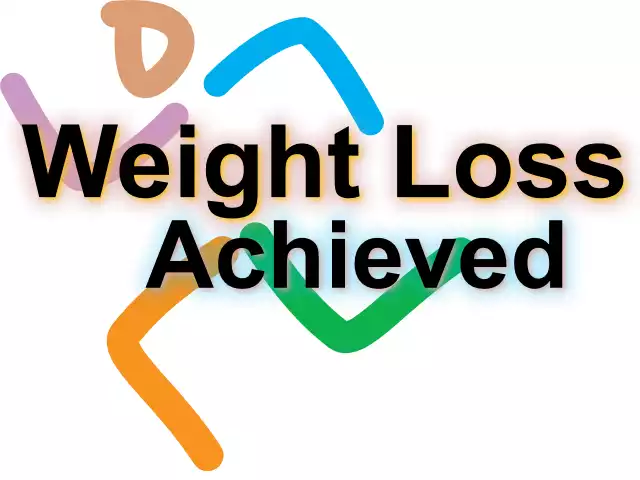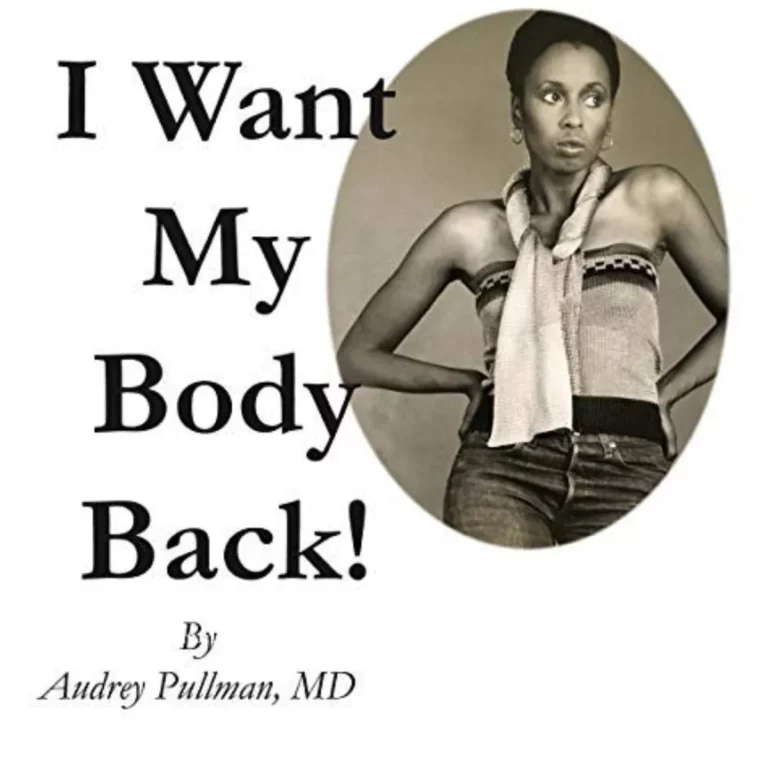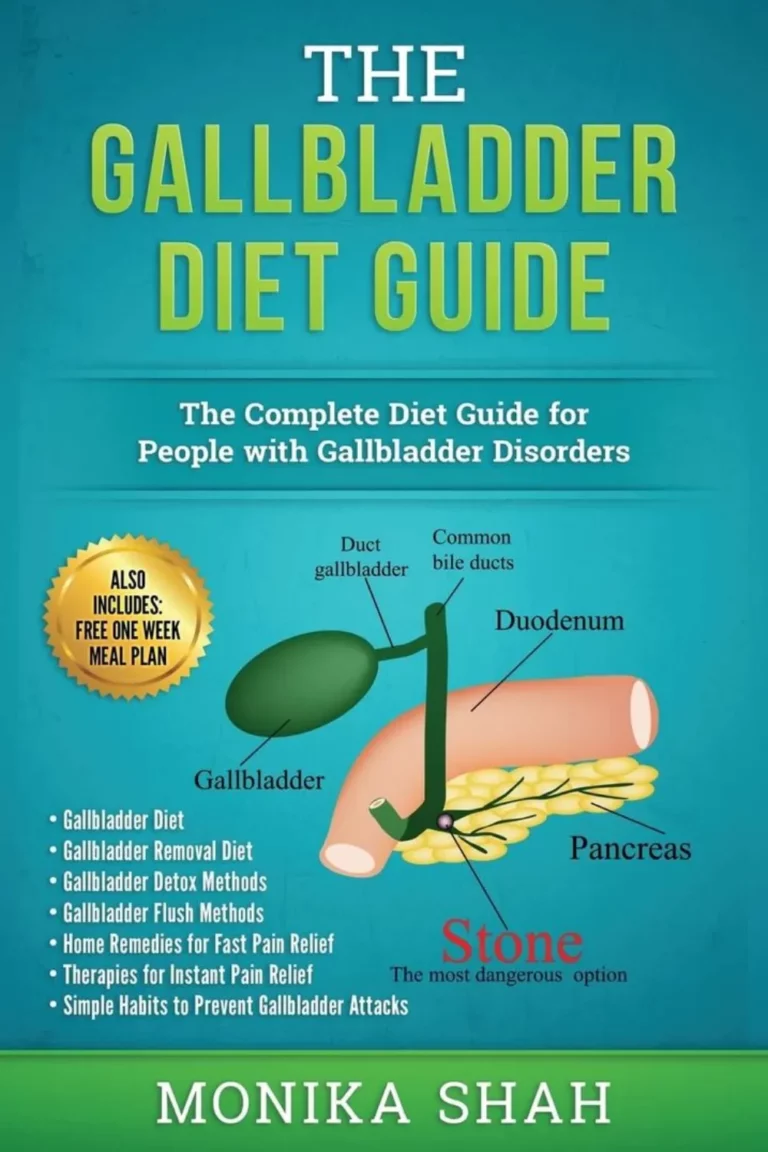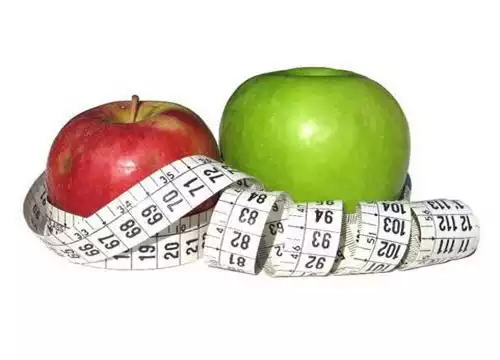Weight loss belts have gained significant popularity in recent years as a quick and easy solution for shedding unwanted pounds.
These belts claim to assist in burning belly fat, toning muscles, and slimming waistlines without any effort or lifestyle changes.
With enticing advertisements and promises of effortless weight loss, it’s no wonder that many people have turned to these devices as a solution to their weight struggles.
However, as with many weight loss products, the truth behind weight loss belts may not be as glamorous as it seems.
In this article, we will be Unveiling the Real Truth Behind Weight Loss Belts.
We will examine the science behind how these belts claim to work, the potential risks and side effects, and whether they are truly effective in aiding weight loss.
By unveiling the facts and dispelling the myths, we hope to provide a comprehensive understanding of weight loss belts and help readers make informed decisions when it comes to their health and wellness.
Table of Contents Unveiling the Real Truth Behind Weight Loss Belts
Facts vs. Fiction: Weight Loss Belts
Weight loss belts have gained popularity in the fitness industry, promising quick and effortless weight loss by simply wearing them around your waist.
However, it is important to separate fact from fiction when it comes to these products.
Despite the bold claims made by manufacturers, there is no scientific evidence to support the idea that wearing a weight loss belt alone can lead to significant fat loss.
These belts typically work by generating heat or stimulating sweat production in the abdominal area, which may give the illusion of slimming down temporarily due to water weight loss.
However, this is not a sustainable or effective method for long-term weight loss.
The real truth behind weight loss lies in a combination of healthy eating, regular exercise, and adopting sustainable lifestyle habits.
It is always advisable to consult with a healthcare professional or certified fitness expert before investing in weight loss products or attempting any drastic measures.
The Science Behind Slimming Belts
Slimming belts have gained attention in the fitness industry, with manufacturers claiming that they can help individuals shed pounds effortlessly.
However, it is crucial to delve into the scientific aspect of these products to ascertain their efficacy.
The concept behind slimming belts revolves around the idea that they can stimulate weight loss by generating heat or promoting sweat production in the abdominal region.
While this may result in temporary water weight loss and a perceived slimming effect, there is a lack of scientific evidence supporting the notion that these belts lead to substantial fat loss.
It is important to recognize that sustainable, long-term weight loss is not achieved solely through the use of slimming belts but rather through a combination of balanced nutrition, regular exercise, and the adoption of healthy lifestyle habits.
Consulting with healthcare professionals or certified fitness experts before considering weight loss products is always recommended to make informed decisions about one’s well-being.
Do Weight Loss Belts Actually Work?
Weight loss belts have garnered attention as a potential solution for shedding unwanted pounds effortlessly.
However, it is essential to critically evaluate their effectiveness based on scientific evidence.
The theory behind weight loss belts revolves around their ability to generate heat or induce sweating in the abdominal area, leading to temporary water weight loss and a perceived slimming effect.
However, there is currently a lack of substantial scientific research supporting their long-term efficacy in promoting fat loss.
Sustainable and lasting weight loss is typically achieved through a comprehensive approach that includes a balanced diet, regular exercise, and the adoption of healthy lifestyle habits.
It is prudent to consult with healthcare professionals or certified fitness experts before considering the use of weight loss belts or any other weight loss product.
Expert Opinions on Waist Trimmers
Weight loss belts, commonly known as waist trimmers, have sparked curiosity among individuals seeking quick and effortless ways to trim their waistlines.
To evaluate their effectiveness objectively, it is crucial to consider expert opinions backed by scientific research.
Several fitness and medical professionals have weighed in on the topic, highlighting various perspectives on waist trimmers.
While some experts acknowledge that waist trimmers may contribute to temporary water weight loss and improved posture, they emphasize that these devices alone are not a magic solution for achieving sustainable fat loss.
The consensus among experts is that waist trimmers should be viewed as a supplement to a comprehensive weight loss plan, which includes a healthy diet and regular exercise.
Furthermore, it is important to note that waist trimmers should be used with caution, as prolonged and excessive use may lead to potential health risks.
Maximizing Results with Waist Belts
To maximize the results obtained from waist belts, it is essential to approach their usage with a strategic mindset.
Firstly, it is important to recognize that waist belts should not be solely relied upon for weight loss.
Instead, they should be integrated into a holistic approach that includes a balanced diet and consistent exercise regimen.
Incorporating waist belts during workouts can potentially enhance the intensity and effectiveness of abdominal exercises by providing support to the core muscles and increasing sweat production in the targeted area.
Additionally, it is recommended to wear waist belts during cardiovascular exercises, as they may help increase perspiration and body temperature, potentially leading to temporary water weight loss.
However, it is crucial to remember that waist belts should not be worn excessively or for extended periods of time, as this may lead to discomfort and potential health risks.
By combining waist belt usage with a well-rounded weight loss plan, individuals can potentially optimize their results and work towards achieving their desired waistline.
In conclusion, while weight loss belts may seem like a convenient solution for achieving a slimmer figure, it is important to recognize that they are not a miracle tool.
Proper nutrition and regular exercise are still the most effective methods for achieving sustainable weight loss.
While weight loss belts may provide some temporary results, they should not be relied upon as a sole means of achieving one’s weight loss goals.
It is always best to consult with a healthcare professional before incorporating any new weight loss methods into your routine.
Remember, consistency and balance are key to achieving and maintaining a healthy weight.
FAQ
Do weight loss belts actually work, or are they just a gimmick?
Weight loss belts are often considered a gimmick because they claim to help users lose weight by simply wearing them, without necessarily incorporating healthy lifestyle changes.
While they may temporarily reduce water weight through sweat, they do not lead to long-term fat loss or significant changes in body composition.
Sustainable weight loss requires a combination of proper nutrition, regular exercise, and overall healthy habits rather than relying on a single product or gadget.
What scientific evidence supports the effectiveness of weight loss belts?
There is limited scientific evidence supporting the effectiveness of weight loss belts.
These belts may help in increasing sweating and water weight loss temporarily, but they do not lead to long-term fat loss or increased calorie burning.
Proper diet, exercise, and lifestyle changes are more effective for sustainable weight loss.
Are there any potential risks or side effects associated with using weight loss belts?
Yes, there are potential risks and side effects associated with using weight loss belts.
These may include skin irritation, bruising, digestive issues, muscle soreness, and even damage to internal organs due to excessive compression.
It is important to consult with a healthcare professional before using any weight loss products to ensure safety and effectiveness.
How do weight loss belts compare to other methods of weight loss, such as diet and exercise?
Weight loss belts are not an effective standalone method for weight loss compared to a combination of diet and exercise.
While weight loss belts may temporarily reduce water weight and provide a slimming effect, they do not promote long-term fat loss.
Sustainable weight loss is best achieved through a balanced diet and regular exercise routine that create a caloric deficit.
Weight loss belts should be used in conjunction with these healthy habits, rather than as a replacement for them.
Can weight loss belts help target specific areas of the body for fat loss, or do they provide overall weight loss benefits?
Weight loss belts do not specifically target fat loss in specific areas of the body.
They may provide some temporary slimming effects by reducing water weight or promoting sweating, but they do not lead to long-term fat loss.
Overall weight loss benefits from these belts are minimal and should not be relied upon as a primary method for losing weight.
A balanced diet, regular exercise, and healthy lifestyle choices are more effective for sustainable weight loss.







